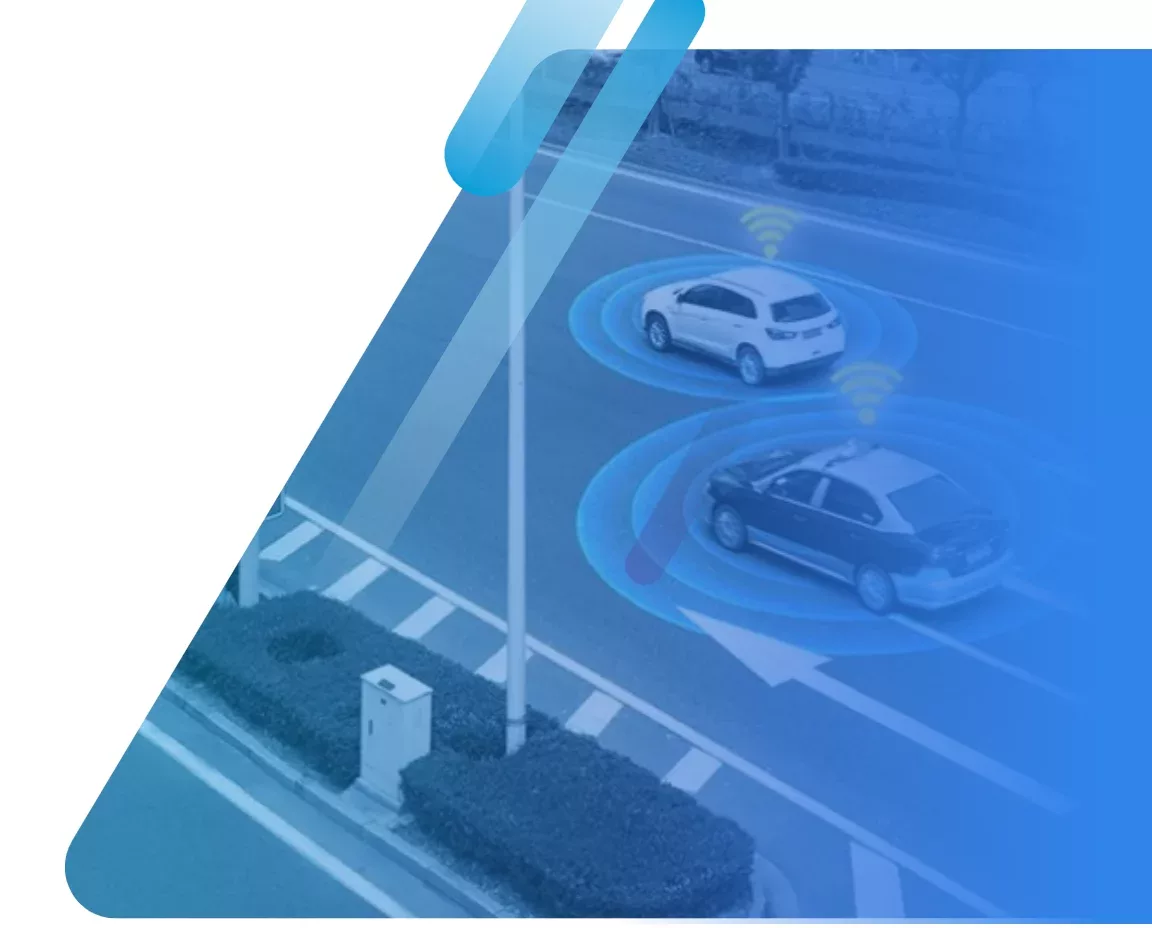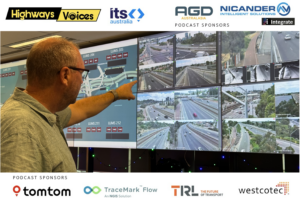Leading transport experts in Australia have outlined a range of data sources and cutting-edge technologies that they think, if fully harnessed, can steer the nation towards the ambitious goals of reducing road fatalities by half by 2030 and ultimately attaining zero road deaths by 2050.
These key insights from leading government and industry specialists are explored in a Progress Report from the collaborative research initiative ‘Integrated connected data for safer, more efficient traffic management operations’ from ITS Australia, in partnership with the University of Melbourne, Victorian Department of Transport & Planning, Transport for NSW, Transport & Main Roads QLD, Main Roads Western Australia, Transport Accident Commission, and iMOVE Australia.
“Following our successful Connectivity in C-ITS project, better understanding how data can improve safety and efficiency on our networks now was the crucial next investigation, and the insights from our stakeholder interviews and literature review have proven enlightening,” says lead researcher Professor Majid Sarvi from University of Melbourne.
“The wealth of data coming from different sources such as connected vehicles present an enormous opportunity to enhance how we manage transport networks, reducing congestion and emission, and enhancing safety for all modes of travel.”
Experts consulted for the research highlight the transformative power of various data sources and technologies, ranging from vehicle probe data, camera-based video analytics, vehicle Bluetooth data, in-vehicle safety sensor data, and location app data.
Stakeholders identified greater efficiency in the transport network and safety improvements that aim to drive down the number of road fatalities, as the primary opportunities presented by data and new technologies.
Importantly, the experts recognised of the need to expand beyond conventional traffic modes like cars, trucks, and buses, to incorporate information from micromobility, active transport, and pedestrians within our traffic management ecosystem.
The opportunities stemming from integrated connected data are vast, spanning areas including congestion performance measurement, speed compliance enforcement, and the development of vehicle priority and pre-emption systems. However, along with the great possibilities, there are risks that must be addressed before we can fully harness the benefits of the data and technology.
Privacy and security management stood out as critical concerns amongst experts. While vehicle probe data is considered a game changer, stakeholders stressed the need to comprehend data aggregation, anonymization methods, and the verification process before integrating new data streams into existing systems.
Furthermore, policy makers must address several crucial considerations including adapting traffic control systems to accommodate diverse data forms, scaling up complex algorithms, fostering data sharing across agencies and jurisdictions, and navigating cost constraints.
“ITS Australia is proud to be supporting this research that brings traffic management into the digital age, using data and technology that can improve our traffic systems and save lives,” says ITS Australia CEO Susan Harris.
“As the stakeholders have identified in the study, it’s imperative that we put the effort in now to get the privacy settings right to ensure that the community’s reasonable expectations for privacy and security are built in at the outset”.
The Progress Report also summarises findings from an extensive literature review, exploring how data is currently used and how it could further enhance four pivotal facets of traffic management: intersection management, network and freeway optimization, incident management, and micromobility enablement.
According to the evidence, current traffic management systems often react to problems, but advancements in machine learning, artificial intelligence, and access to automated data offer great potential for predictive capabilities.
For instance, in intersection management, metrics like queue length, delay, pedestrian trajectory prediction, and bicycle volumes are used to optimise performance. The potential of probe vehicle data is immense, offering real-time GPS insights to enhance adaptive control strategies and prioritise public transport.
Moving forward, the project team will delve deeper into the analysis of connected vehicle data, specifically focusing on traffic efficiency at intersections. They will investigate a range of metrics including queue length information, midblock speeds, delay measurements, and stop-and-go traffic states.
The final report will be published in 2024 and the progress report can be read here.
(Picture –






















